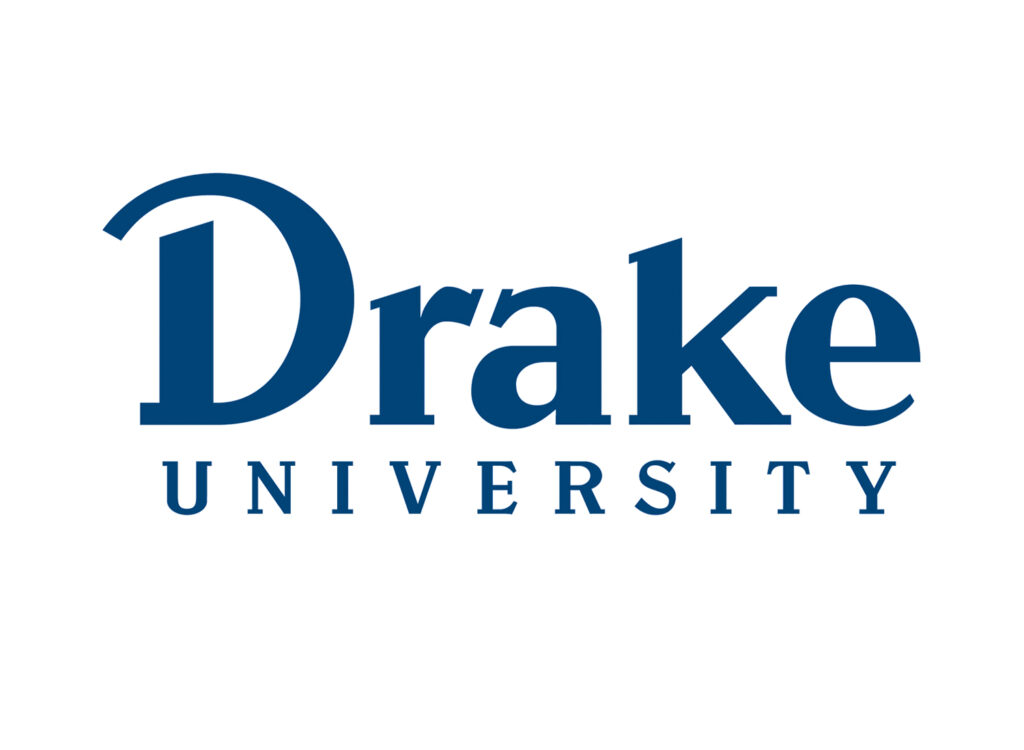Rural mainstreet index plummets after November’s rebound

Business Record Staff Dec 26, 2024 | 2:27 pm
2 min read time
407 wordsAll Latest News, Economic DevelopmentIowa’s rural mainstreet index for December slumped to 41.7 after climbing to 49.6 in November, remaining below growth neutral for the 16th consecutive month.
The state’s farmland price index rose to 41.5 from 41.1 in November, and the new hiring index dropped to 45.5 from 49.3.
Regional exports of agricultural goods and livestock for 2024 year to date decreased to $1.27 billion from $1.28 billion in the same period in 2023, or a 1.3% reduction, according to trade data from the International Trade Association.
After advancing above growth neutral last month for the first time since July 2023, the 10-state region’s overall reading plummeted to 39.6 from 50.2. The index ranges from 0 to 100, with a reading of 50.0 representing growth neutral.
“In retrospect, and based on bank CEO comments, there appears to have been a significant November upturn resulting from the surprising Trump election results,” Ernie Goss, Creighton University’s chair in regional economics, said in a prepared statement. “That positive bump disappeared in December as continuing weak grain prices and farm income losses weighed on a significant proportion of farmers in the region.”
The region’s farmland price index fell to 41.3 from 44.4 in November, sinking for the seventh time in the past eight months. “Elevated interest rates and higher input costs, along with below breakeven grain prices for some farmers in the region, have significantly reduced farmer demand for ag land,” Goss said.
The farm equipment sales index slumped to 14.3, its lowest level since October 2016 and down from 14.6 in November. “This is the 17th straight month that the index has fallen below growth neutral. High borrowing costs, tighter credit conditions and weak farm commodity prices are having a negative impact on the purchases of farm equipment,” Goss said.
Other regional findings from the report include:
- The loan volume index improved to 69.6 from 58.9 in November; the checking deposit index fell to 47.8 from 59.3; and the index for certificates of deposits and other savings instruments fell to 50.1 from 53.7.
- The new hiring index dropped to 45.7 from 50.0.
- The December confidence index slumped to 37.5 from 46.4. “Weak agriculture commodity prices and negative farm cash flow, combined with downturns in farm equipment sales over the past several months, continued to push banker confidence below growth neutral,” Goss said.
- The home sales index improved slightly to 43.5 from 42.6.
- The retail sales index increased to 52.1 from 42.0.








